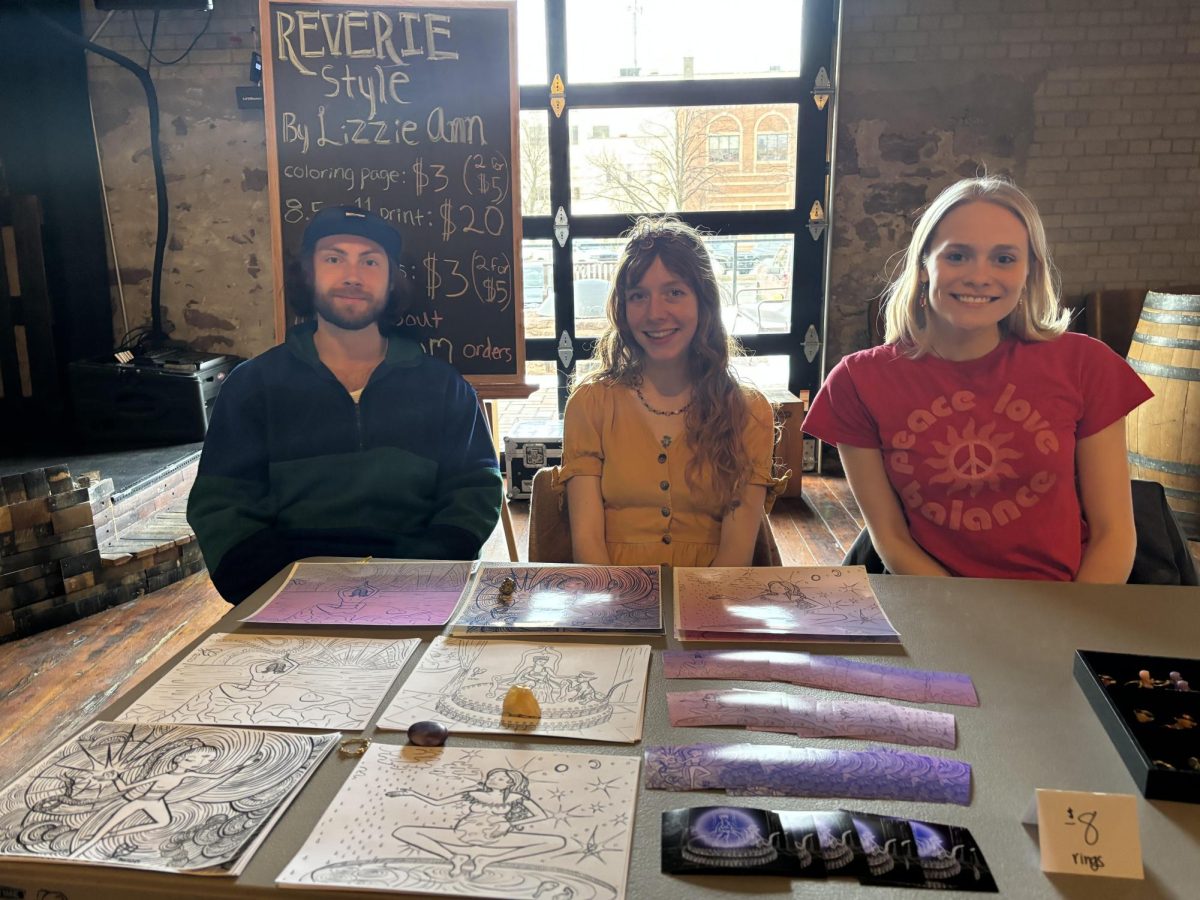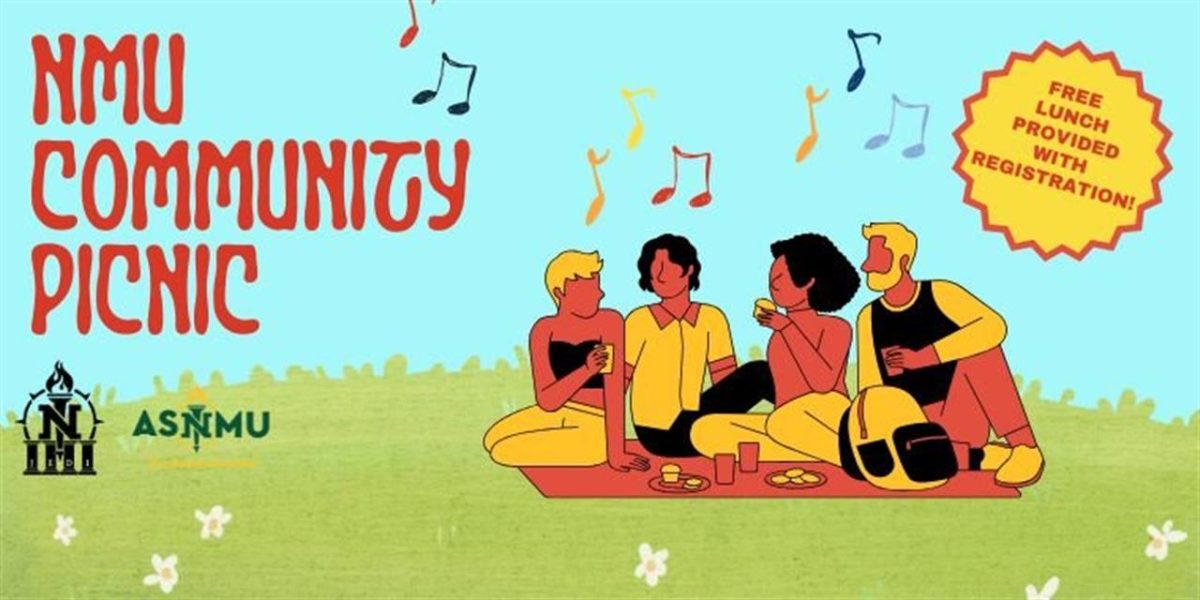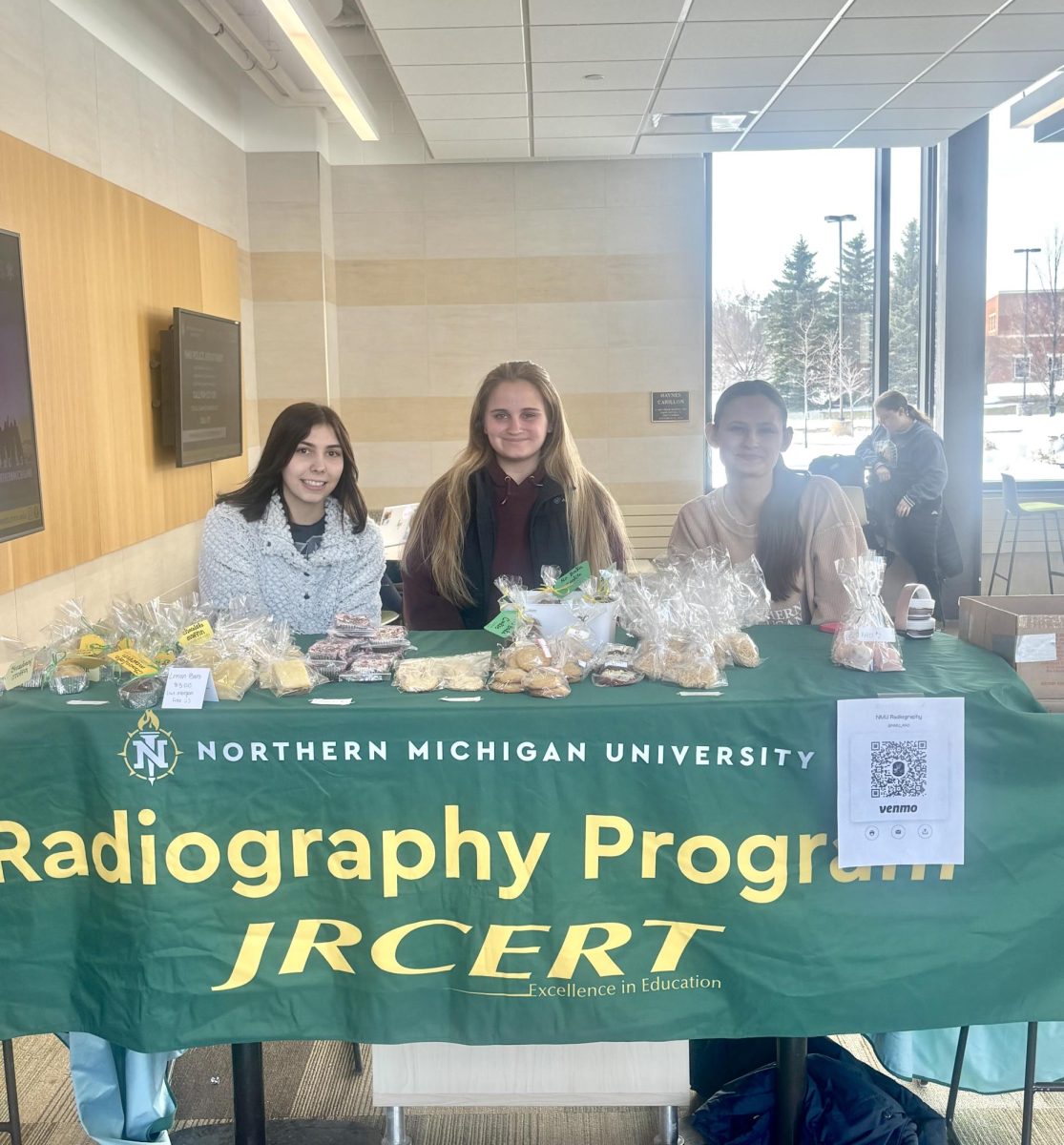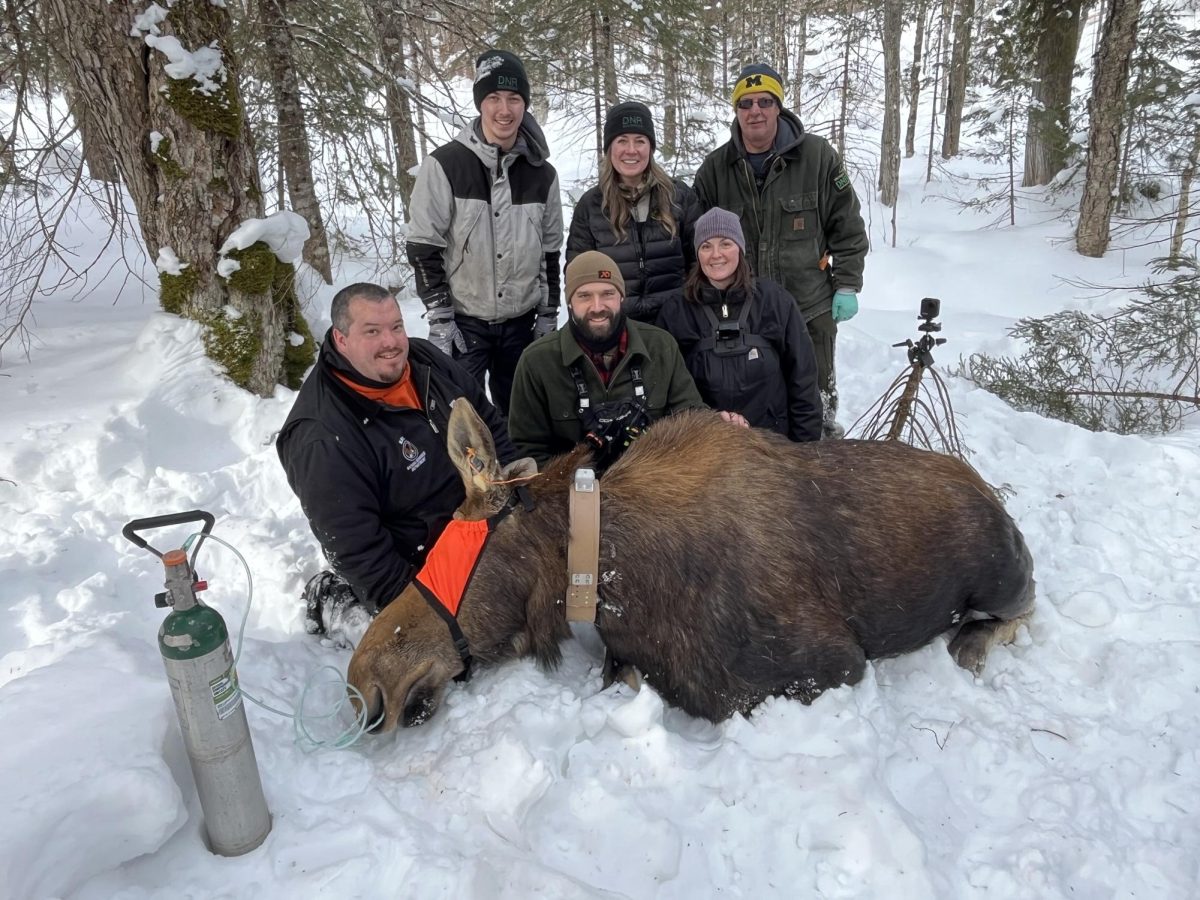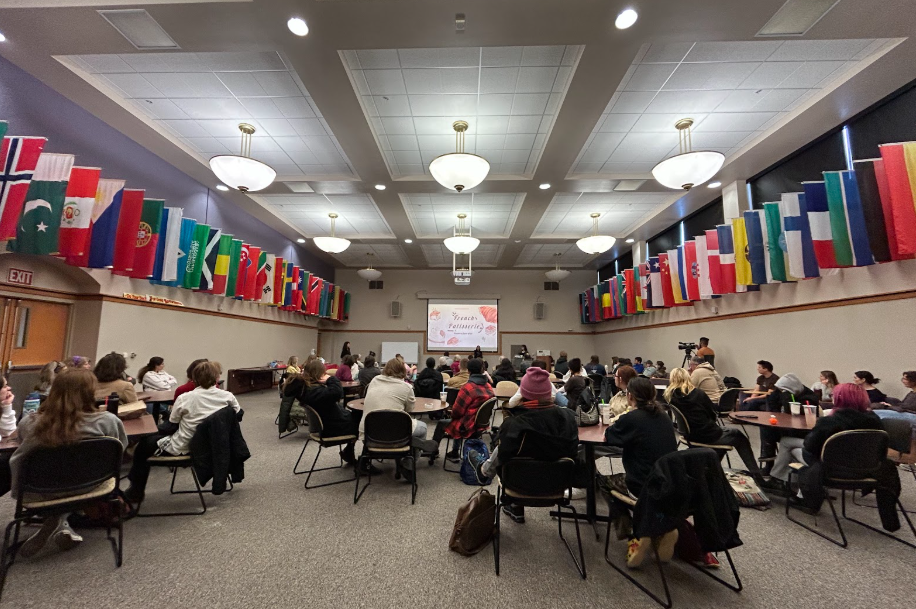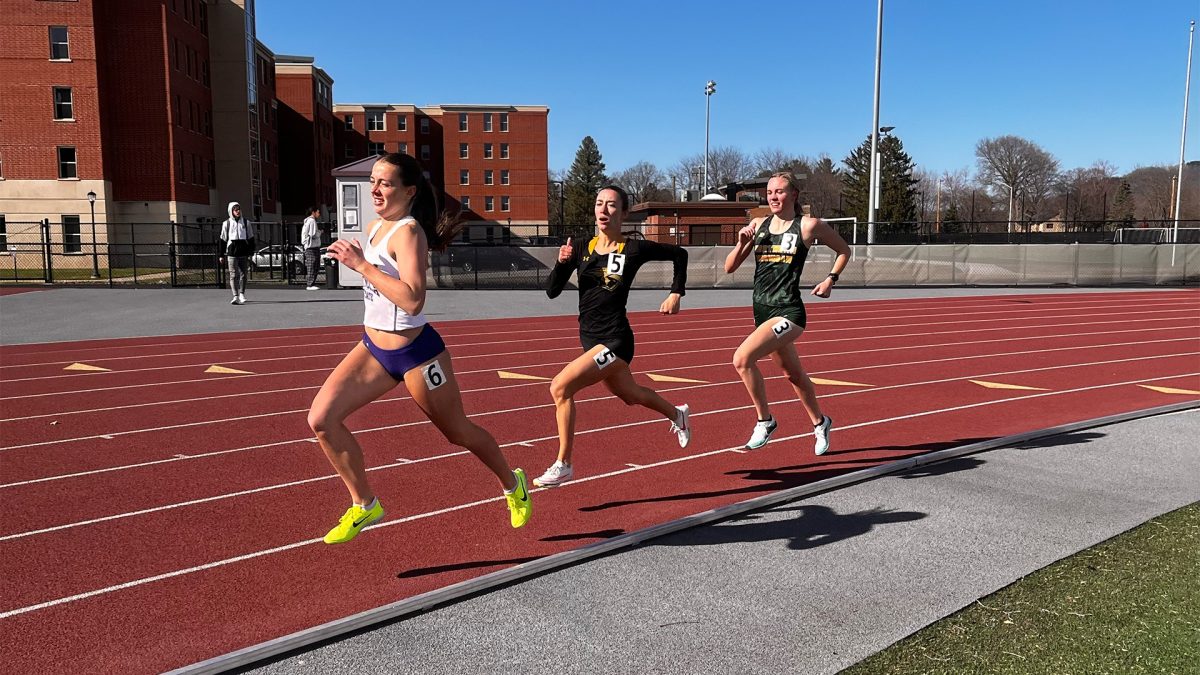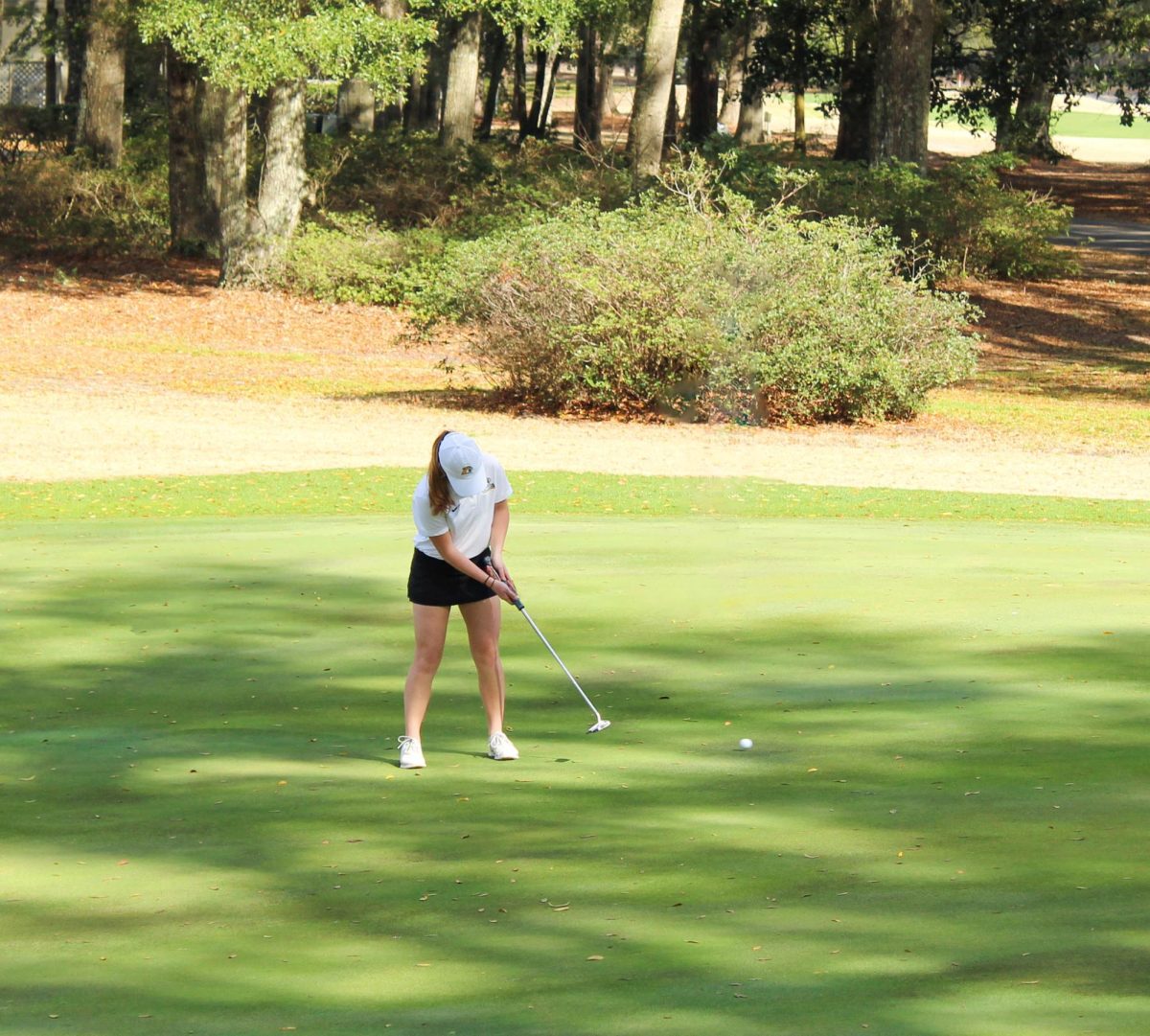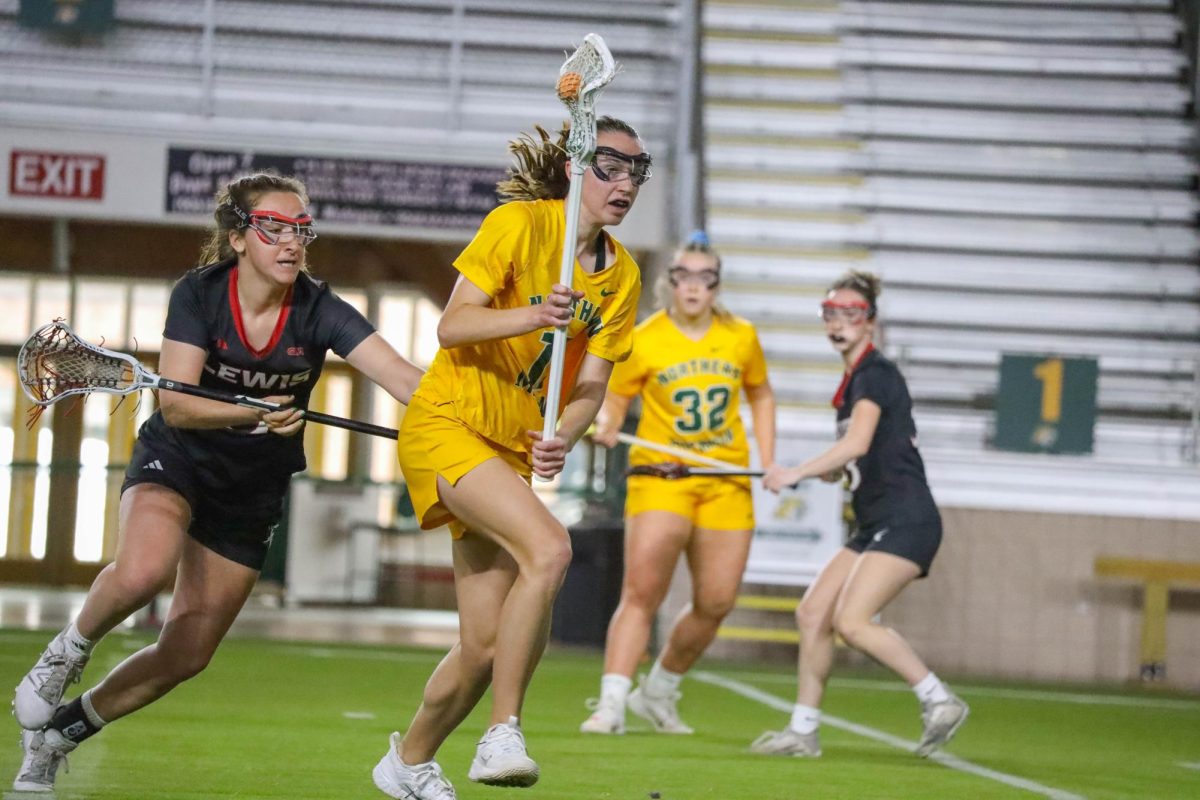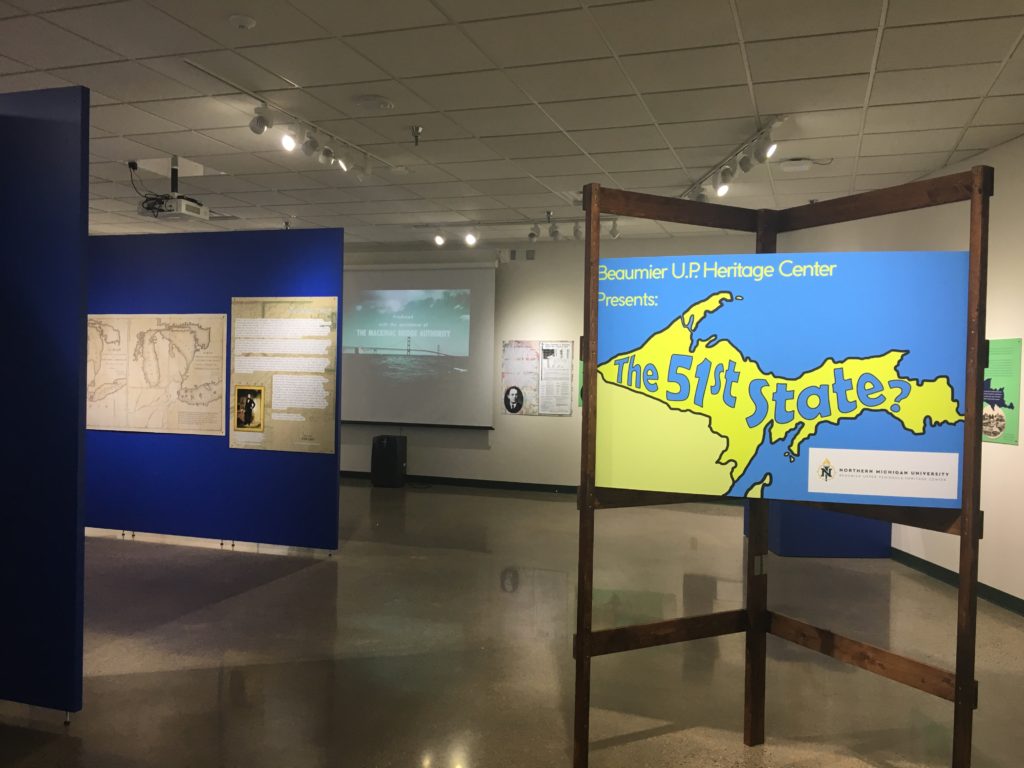The Beaumier U.P. Heritage Center (BUPHC) unveiled their new public exhibit on Oct. 11, displaying a historical reference to the U.P.’s effort to separation from the lower peninsula.
“The 51st State?” will be open to visitors through the academic year. The exhibit is located in Gries Hall and is open from 10 a.m. to 4 p.m. on weekdays and 11 a.m. to 4 p.m. on Saturdays.
BUPHC Director and Curator Daniel Truckey said he wants students to be aware that the exhibit, which follows the history of the creation of the state of Michigan and the relationship between the upper and lower peninsulas that make up the state, is completely free to visitors.
“The 51st State?” has been in the works for approximately six months, during which time the research materials were gathered and installation took place. Truckey and the BUPHC’s staff were mainly involved in its creation.
The museum’s video and photographic displays, as well as the write-ups on various events through U.P. history, were prepared by researchers and designers at the university and aided by student assistants. The BUPHC often involves students in designing, marketing and researching exhibits for the museum.
“The mission of the heritage center is to celebrate the history and heritage of the U.P. so part of our mission is to be a laboratory for students, not only to learn history and culture of the region but to also be involved and work with us,” Truckey said. “There’s opportunities for students to get real life experience. We see that as a really important part of our mission, is being not just a museum of sorts but helping students get the experience they want.”
Truckey said he is pleased that “The 51st State?” exhibit has so far garnered a great deal of interest from the community, and he hopes it will increase as time goes on.
Throughout time, there have been many who wanted to separate the two peninsulas, and this tension is what the exhibit seeks to spread awareness on, Truckey said.
“The 51st State?” looks into the various identity differences between Yoopers and lower peninsula residents which fueled such tensions, as well as the various treaties signed to acquire the lands of the U.P. from the Anishinaabe people, Truckey added.
“Ever since that time there have been efforts to separate the U.P. from Michigan,” Truckey said. “Most people don’t know why the U.P. is part of Michigan.”
Some events which are explained in the display include the Washington Treaty of 1836, the “Battle” of Philips Corners, the Toledo “War,” the Frostbitten Convention and “The Big Game” between the University of Michigan and Ohio State University.
“[The exhibit] covers a lot of different ground,” Truckey added.
Several images of “inaccurate maps” that fail to show any regard for the U.P.’s geological shape are displayed at the rear of the exhibit, as well as some maps in which the U.P. is entirely missing from the United States. Another humorous component of the display is a collection of “Say yah to da U.P., eh!” bumper stickers in various iterations, Truckey noted.
The BUPHC plans to unveil its next exhibit in April and it will center around work done by NMU professor Scott Demel, who has been working for several years with students on an archaeological dig on Mount Marquette, Truckey said. It will be a more of a student-driven exhibit than “The 51st State?” Truckey said, explaining, students in Demel’s class next semester will develop the exhibit as an academic project.











